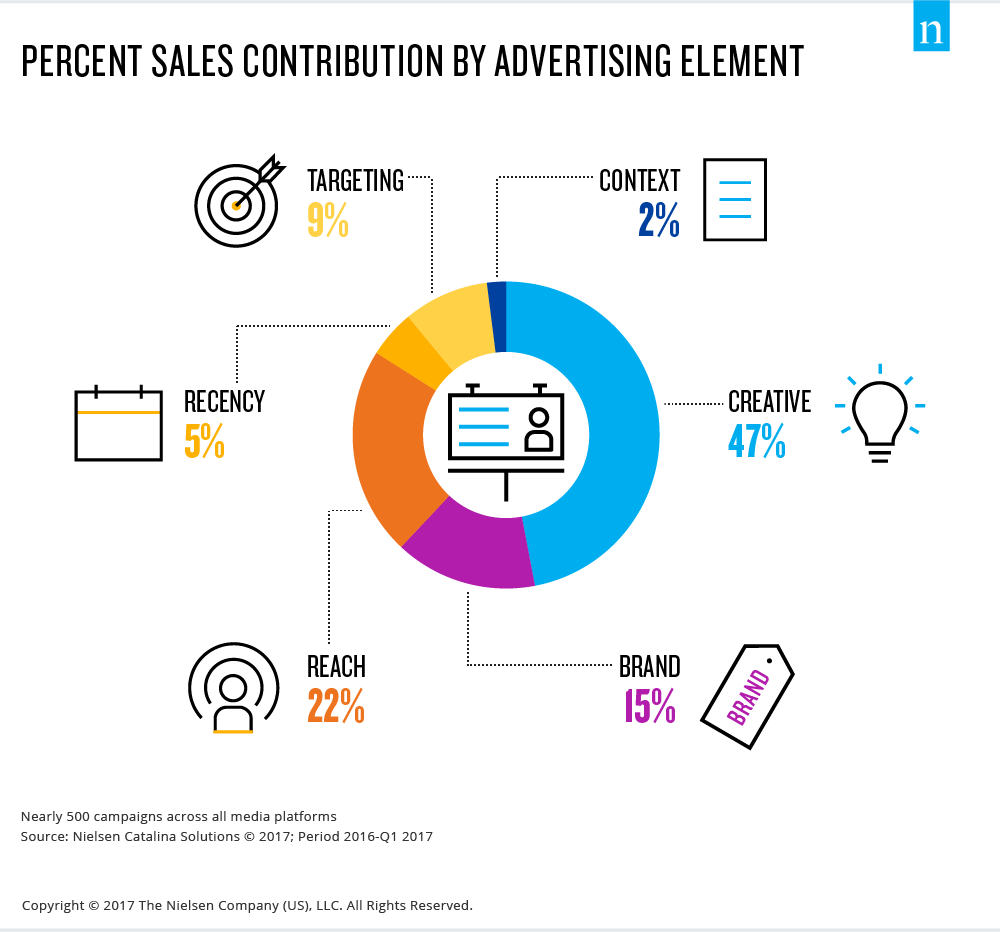
Effies and The Tide Super Bowl Ad: Great Start but Execution Drops the Ball

Mark Ritson recently recorded a generally brilliant video analysis of Tide’s recent Super Bowl advertising. If you haven’t read, this campaign was awarded the Grand Effie for 2019.
Overall, Ritson nails almost everything and below I’ll discuss the tremendously critical fact we should ALL take from his observations.
While I agree with most of Ritson’s analysis, I disagree on the quality of the creative execution.
I’ve created a lot of TV ads that are highly effective and this ad’s execution didn’t live up to the brief.
You need to know that the core “joke” in the ad is that all the actors we see in TV shows are always “clean” — not like real people in real reality. Ok. Kinda true. But here are my thoughts..
1. The ad creative team may have felt that everyone on TV is always clean. But that’s not a generally known or accepted idea. So for Tide to get the most from the ad, they would have had to establish the idea. They didn’t. The advertisement jumps in as if we already know that.
2. The execution of the commercial requires sound to even begin to understand the “clean” theory. Without sound, the visuals don’t have impact in the direction Tide wanted. In my family we mute ads — but rewind and rewatch those we care about. I remember seeing Tide’s ads and not having a clue what they were about. All we got from them was the Tide logo in the slate at the end — 3-5 seconds of Tide from each ad. A waste of 40 seconds. (Remember that this includes raucous Super Bowl parties and bars where sound is rarely heard.)
3. Even with sound on, the first ad in the sequence — a critical foundation — is incredibly unclear about the concept (cleanliness on TV). I left that ad in the dedicated viewing of Ritson’s video unclear as to why anyone at the agency would think they scored. The remaining two ads did a far better job of reaching that clarity.
4. That the ad is “self-referential” as AdAge called it is a very serious problem. I generally advise staying away from self-referential for exactly the reasons this ad execution struggles. Inside jokes, for example, don’t often work because the wide world of mass marketing is clueless about the joke. Same with most of the “make fun of focus group” ads I see — they’re based on agency perceptions not mass perceptions.
So while the brief from P&G was excellent (on this I fully concur with Mark), I rate the ad a B- because the execution failed the brief and strategy.
Consumer Effies seem to be awarded to agencies with popular ads around which their written submission creates a perception of effectiveness.
A few years ago I wrote about a W+K campaign where judging at the Effies was horrific — and whoever wrote the entry would have been docked grades had the submission be written for my class. The truth discovered in that case? Nobody checks anything at the Effies — or at least from what I can see.
That means the Effies are, really, pretty much like every other award show but with a title that implies what we’d all really rather see.
How bad is the fail for Tide?
I’m waiting for the Tide case study to be released — but this morning it wasn’t yet on the Effie website. When it’s released, I’ll dig in and look at what they submitted and update this post.
My guess? Overall they probably delivered results — even though execution was less than desired. There is still a lot of fundamental reminder-ness in the ad for anyone with the sound on. On the other hand, I don’t think they changed the discussion in the industry. That will take years of far clearer communication than we saw in this award winner.
Mark Ritson’s most important point? On average, targeting only contributes 9% of the impact leading to an effective ad.
Nine percent. Let me say it again, 9%. That’s less contribution than (1) the reach of the ad (nearly the opposite of targeting), (2) the brand advertised, or (3) the creative execution (biggest of all). With 25 years making TV ads and measuring effectiveness, Nielsen has it generally right.
It’s incredibly shocking we’re not hearing this said more often. Of course, all those folks trying to build their profits foisting retargeting and hyper-targeting online upon brands and advertisers don’t want us to know reality. They’ve done a very nice job of suggesting the only thing that matters IS targeting.
We need to start demanding that they refine that statement: Targeting is less than 10% of impact.
©2019 Doug Garnett — All Rights Reserved
Through my company Protonik LLC based in Portland Oregon, I advise a select group of clients to drive success with better marketing of new and innovative products. I also work with clients attempting to bring new life to Shelf Potatoes or take their existing products to new markets. You can read more about these services and my unusual background (math, aerospace, supercomputers, consumer goods & national TV ads) at www.Protonik.net.
Categories: Advertising, Brand Advertising, Business and Strategy, Media

